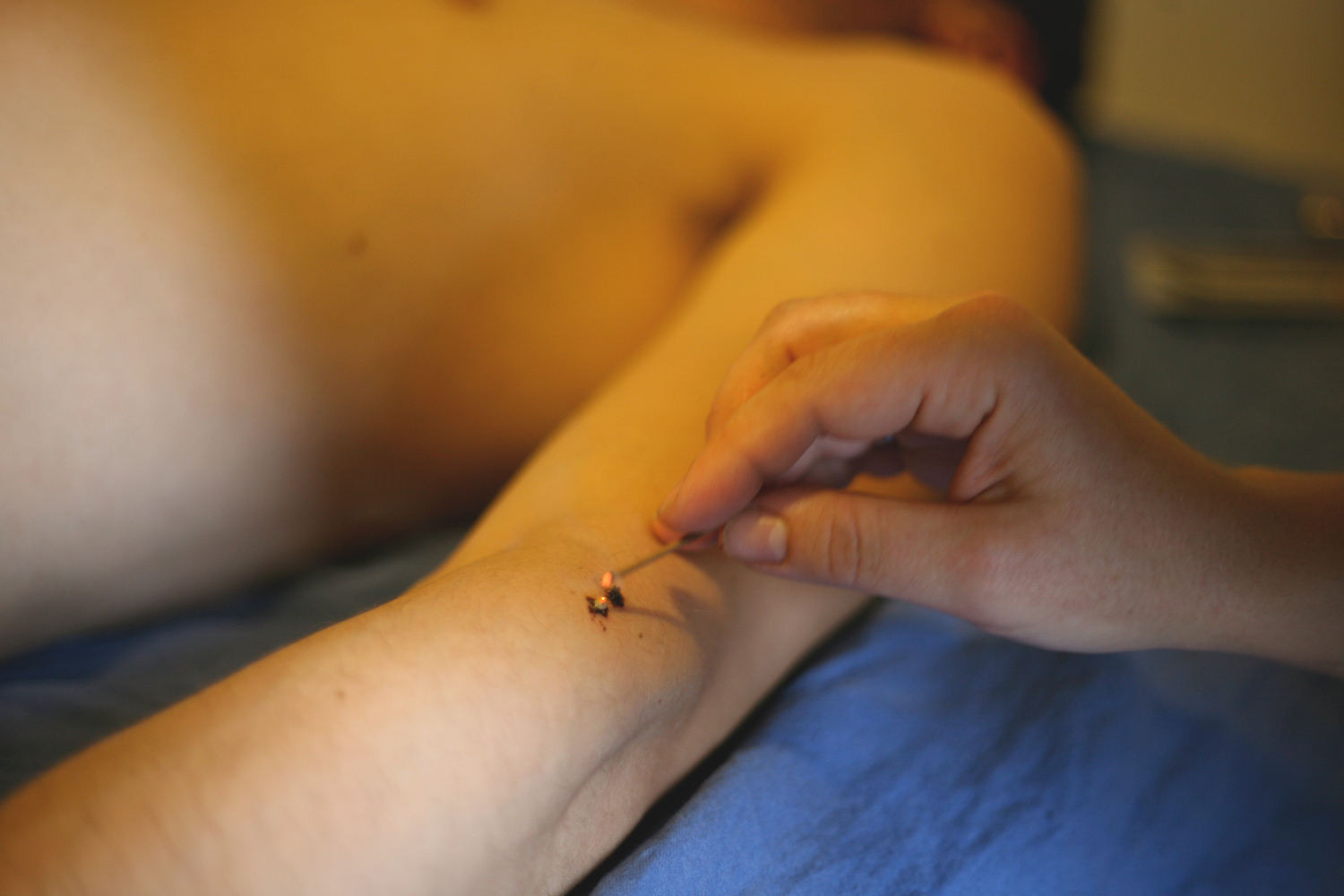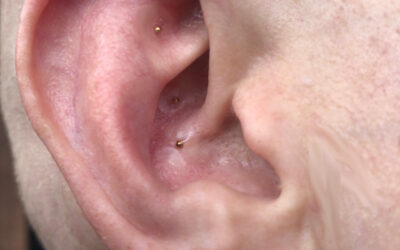Heat within the body encourages circulation, cell nourishment and renewal and healthy metabolic processing. For these reasons, heat therapy has been utilized within traditional East Asian medicine for thousands of years to treat symptoms of:
-pain,
-feelings of cold,
-sluggishness, and
-poor tissue health.
Acupuncture is so commonly practiced with moxibustion that zhen jiu, the term often translated into English as ‘acupuncture,’ refers to using both needles and heat to stimulate acupuncture points or areas. Earlier methods involved the application of heated stones to areas of pain or disease, but moxibustion (or moxa), the topical use of the herb mugwort, is now commonly used either directly on an acupuncture point or on top of a needle. It is ideal for areas needing warmth and increased circulation and feels great! If you have ever had a hot stone massage you know the feeling.
Moxa poles and tiger or lion warmers may be used at home to heat muscle groups or larger areas. The cold and damp weather this season makes it the perfect time to explore moxa and other heat therapy options such as warming herbs either internally as in teas or externally as in liniments (such as U-I oil or tendon lotion) or hot herbal soaks.
These therapies can be especially useful if you notice that your condition worsens in the cold or damp weather. An acupuncturist can help choose which of the warming therapies would be best to use during a given treatment as well as what you could do at home to augment the therapeutic effects of treatment. For instance, the aforementioned warming liniments may be used in conjunction with moxa, however, let the skin cool after moxa application before applying a liniment to prevent irritation.




